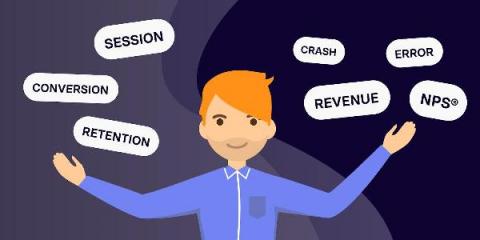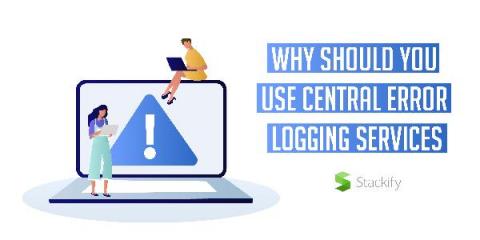Systems | Development | Analytics | API | Testing
Latest Blogs
The Key Metrics That Fintech Product Managers Can't Live Without
If each product is a world in its own, each industry in which that product -or service, for that matter- is deployed, is a universe. A seemingly chaotic universe full of data coming from every direction and angle that you, the product manager, need to catch, analyze, and funnel into your every day. If this does not sound easy, it is because it is not!
Picking up the pieces of your monolith breakdown
A decade ago, all developers could talk about was breaking down the monolith and event-driven architectures. Especially in the financial services industry, to become more nimble and accelerate their application delivery. They leveraged messaging systems to decouple the application, and specifically Apache Kafka has transitioned from being a data integration technology to the leading messaging system for microservices.
C++ Microservices in Docker
Microservices have become a popular way to architect applications, particularly those that compose functionality from a variety of loosely coupled systems and services. While there are a variety of frameworks and tools for implementing a microservice architecture, it isn’t always clear how to expose native code like C or C++ code within a wider microservice system. That’s where HydraExpress comes in.
What the Months Ahead Look Like for Insurance
Insurers, reinsurers and intermediaries are under pressure to adapt to new customer expectations. Insurtechs have made omnichannel digital experiences the norm. And COVID-19 has forced the issue further, on top of necessary operational and claims process changes. Digital transformation is no longer a buzzword or something that can fix just one area of an insurance organization.
AI Expert Joanna Bryson Dishes on Due Diligence and Rooting Out AI Bias, Part 2
How was that credit application declined? Why was that person denied parole? How were disability benefits cut for those constituents? And why do computers learning from humans automatically see certain occupational words as masculine and others as feminine? It’s hard to explain how the most advanced algorithms make decisions. But as predictive systems proliferate, there are signs we’ve become more wary of their use in making critical decisions.
5 Principles of Enterprise Low-Code Application Development
In 2020, low-code application development went mainstream. Organizations everywhere prioritized the ability to rapidly adapt, making the Low-Code Application Platform (LCAP) an essential part of the enterprise technology stack. Low-code may be everywhere—but many IT and development teams are failing to reach its full potential. Ironically, they’re running low-code projects with traditional, high-code development practices.
The Best Software Deployment Tools For 2021
Software deployment tools allow developers to ensure that software is properly installed with it’s required packages and implementation steps conducted in the correct order. Using these tools is a vital requirement for any business that creates its own software in-house. There is a variety of software that can assist developers in launching their latest code with new ones (such as GitHub Actions) arriving to the forefront of many growing consideration lists.
Why you should use Central Error Logging Services
Logs are vital for every application that runs in a server environment. Logs provide essential information which points to whether the current system is operating properly. Looking through logs, you will gather data on system issues, errors, and trends. However, it is not feasible to manually look up errors on various servers across thousands of log files. The solution? Central errors logging services.
How to create a good test plan
Software testing is the process of evaluating and verifying a software program or application —with the intent of preventing software defects, reducing development costs, improving performance, and delivering a superior product. To ensure adequate product coverage and keep testing in line with project objectives, it’s imperative to have a sound test plan.









